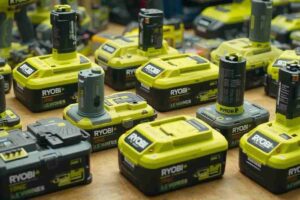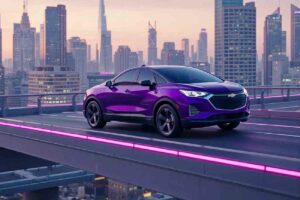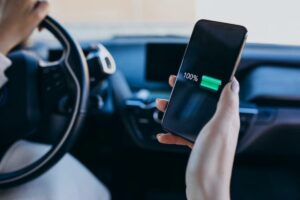
The charging procedure affects the user experience, it is unquestionably essential that you are familiar with it if you own an electric vehicle. Being unfamiliar with the specifics of refueling an ICE vehicle is not a major concern because it is simple enough that it doesn’t matter.
You must wait for two to three minutes to refill, pay the appropriate amount based on the fuel you received, and then you are ready to depart. However, if you drive an electric vehicle, your home is frequently the fuel station, so you must be familiar with your electrical setup and the technology in your vehicle. Additionally, you should be aware of things when you charge at public charging stations, such as the maximum charging power of the charger and that of your vehicle. Let’s try to make the charge issue clearer.
AC charge
This kind of charger session constitutes the vast majority of electric vehicle charging sessions. The idea is straightforward. Both the household and the public interfaces supply AC. The vehicle’s onboard charger converts AC current to DC to charge the battery.
We need to know two factors to estimate our car’s maximum charge power. First are the electrical requirements for our home’s electrical system or the public interface, followed by the car’s onboard charger requirements.
One phase or three phases may be used in the household electrical installation. P= V * I is the formula for calculating one-phase power. Where you live will determine your local 1-phase voltage, which is 230V in Europe. We can calculate the charging power the electric installation can give by multiplying it by the current.
The power supplied to the car will be the same if the onboard charger and the electric installation are compatible. For instance, you can fully utilize the above 3-phase electrical arrangement and charge your car with 22 kW using the appropriate wall box in a Mercedes-Benz EQS equipped with the 22 kW optional on-board charger. Unfortunately, you will only receive 2.3 kW if you have a 3-phase installation and attach your car to a type F plug using a standard 10A current.
DC charging
Things are much easier in the area of DC charging. The onboard charger is unnecessary because both the EV battery and the DC charger produce DC current. The battery’s specifications and the capacity of the rapid charger determine the maximum charging power it can accept.
While most modern EVs have 800V+ architectures, some recent instances are the Audi E-Tron GT, Kia EV6, and Lucid Air. EV batteries typically operate at 400V voltage. These vehicles’ 800V chargers enable charging power of up to 350 kW.
Cooling affects charging power as well. Most modern automobiles feature liquid-cooled batteries, which are required to sustain the thermal load associated with rapid charging. The DC charge power is normally limited to 50kW in vehicles with passive air-cooled batteries to prevent the battery pack from overheating.
To minimize battery wear and since pushing the charging level over 80% dramatically reduces charging power, electric car manufacturers normally advise charging levels up to 80% when using DC chargers.


